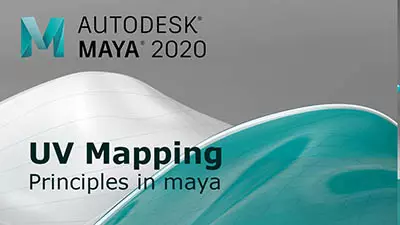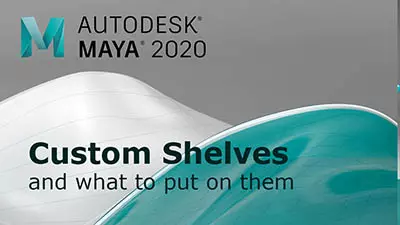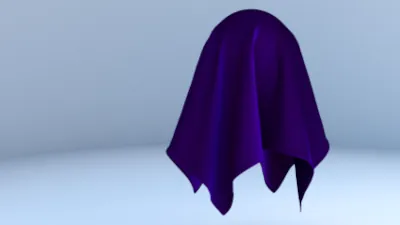What I am trying to do is take a surface, in a Mental Ray scene, with lights, shaders, materials, etc applied and bake out a texture (by that I mean an IMAGE file), with lighting, color, AO, GI and specular in a .TGA that can be uploaded into a game engine.
Basically, as an example, take a sexy looking brick wall, with a bump map, normal map, textures map in a scene with a physical sun, GI, and AO (all the goodies), slap a camera down, and peel the rendered image off the wall, with specular relative to the camera, into a TGA file that can be edited in PS or uploaded into whatever engine I choose.
In Blender I would just open a UV Texture window, grab my UV's, set up all my nodes, create a "new" image and watch it render right into that UV Texture window. I can then just save that new sexy rendered image as a any type of file I choose, wherever I choose.
What I am not finding online in tutorials is a basic walk thru of how the data path works. Most assume that you know where the texture is deposited. They skip, or power thru without much explanation, the important but rudimentary steps to baking an image and how materials are related to that issue. They gloss over the tedium of the setup and data flow. Most assume also that you are only baking textures back onto the same surfaces to save render time, not for exporting game engine texture maps or image files.
Any Insight or direction to relevant tutorials would be a big help.
1. Can you bake a texture (a standard image file, i.e TGA or JPEG) on a face or group of faces into a new UV window and save it out from there?
2. Is there a way to watch the render of that surface as it goes to abort obvious fails?
3. Is there anywhere, a simple tutorial that shows a simple scene, a cube, a material and a light, and walks thru the process of baking a texture, where the file is deposited and illustrates how the data structure is set up?
4. Are there certain "oh duh, never do that" rules that will cause failures of Batch Bake or Transfer Maps?
I would be a little further along but my Batch Bakes and Transfer Maps are erroring out for various reasons so I have not had a successful process to dissect.
Any help is greatly appreciated
-Forni








